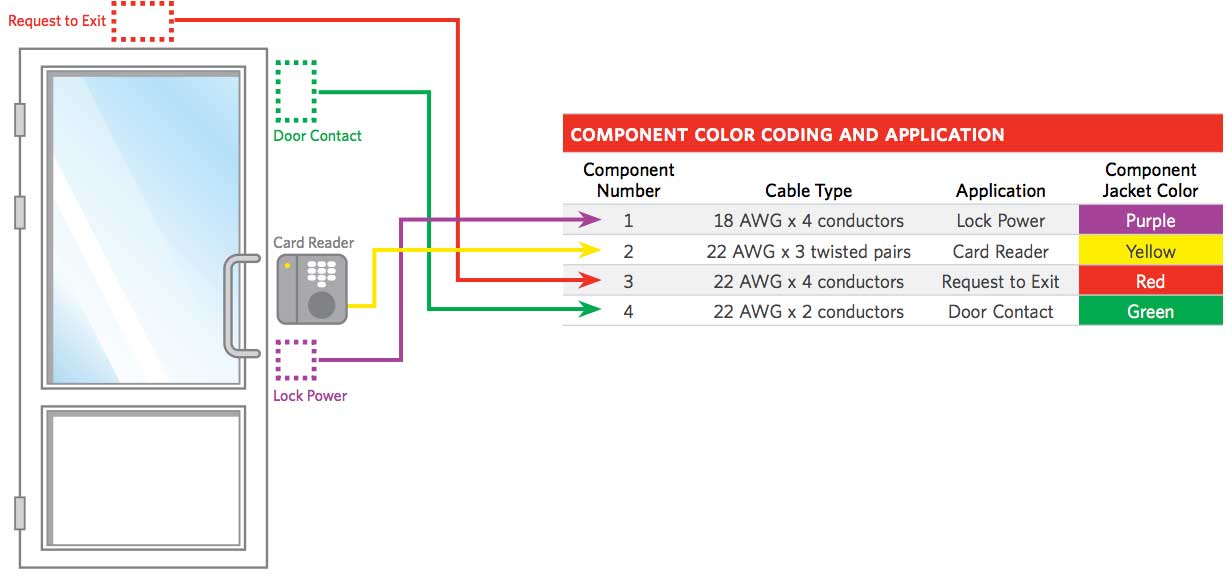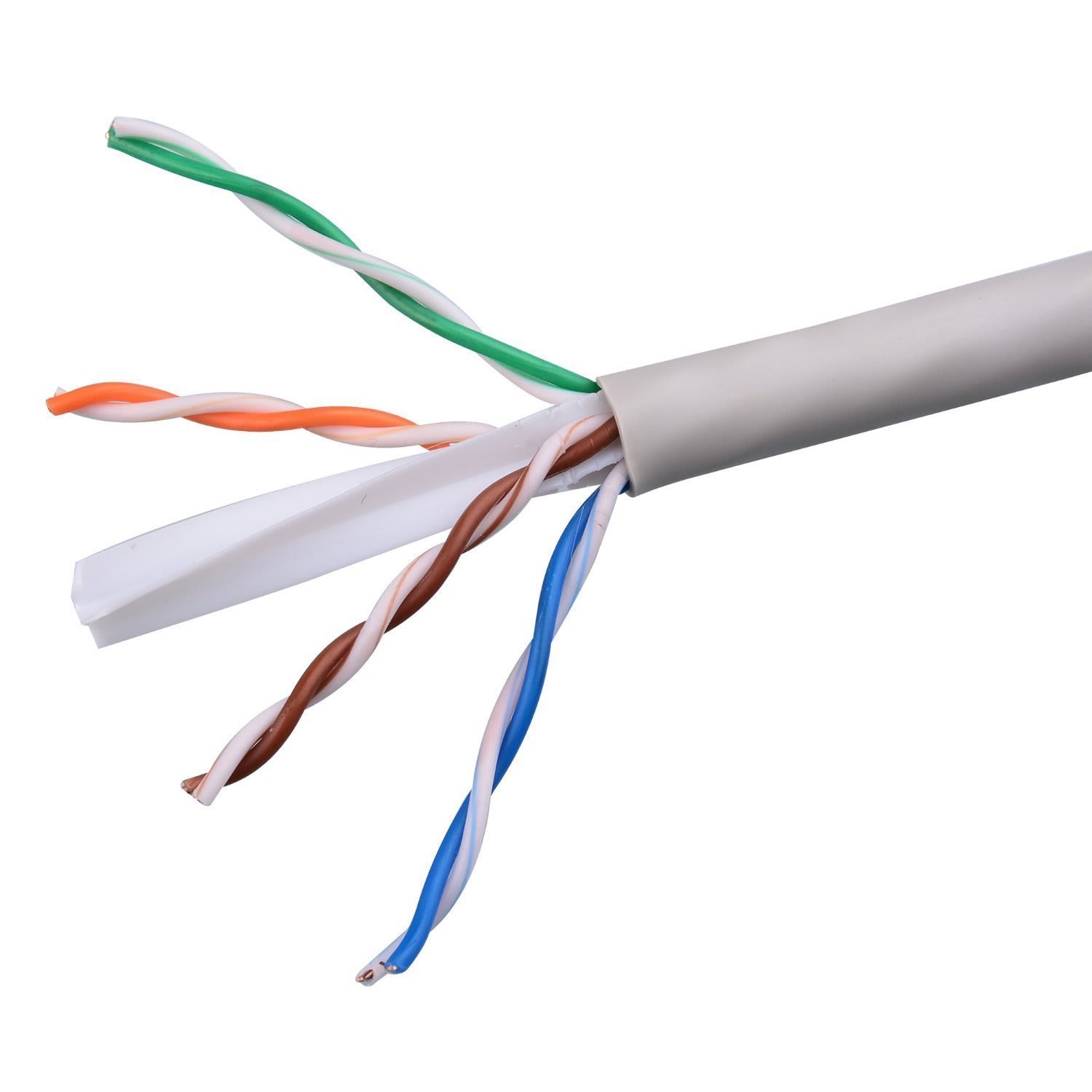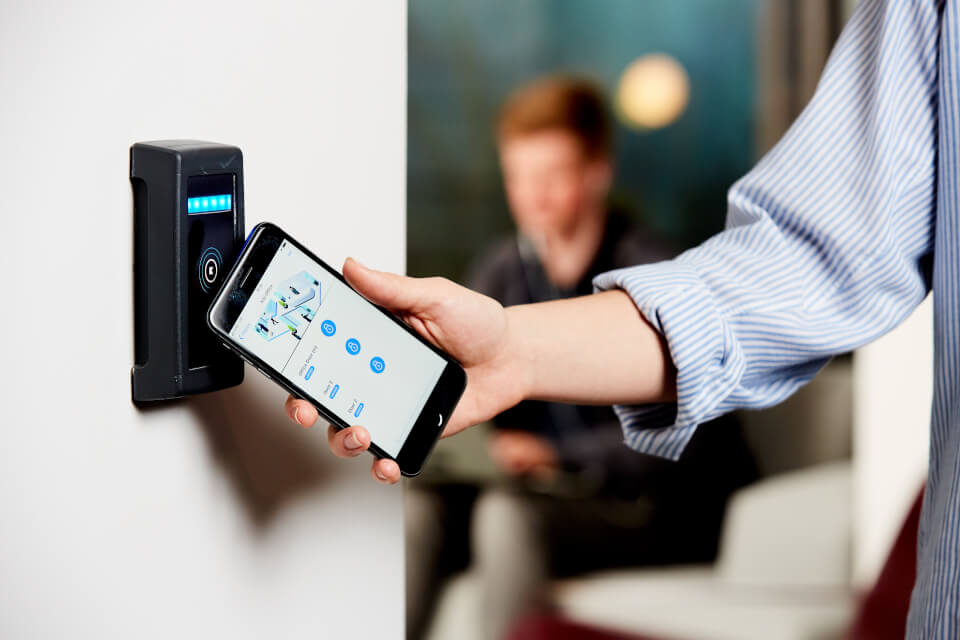Types of Access Control Cables
Low Voltage Access Control Cabling
Setting up your new access control system shouldn’t be difficult, but it’s easy to get confused, especially when it comes to understanding the various cables and wires involved. Without proper guidance, you might find yourself more perplexed as you progress. From the different types of cables to specific system implementations, there’s always something new to learn. Instead of struggling with the setup or attempting to fix issues on your own, refer to this guide to ensure your installation goes smoothly.
Kisi Wiring and Installation Overview
The quality of the cable you choose has a significant impact on the performance of your access control system.

The quality of the cable you choose significantly impacts the performance of your access control system. There’s nothing worse than discovering that an old wire has failed, leading to issues with locks and access control hardware—only to find out that the problem was simply a lack of power.
Here’s a quick overview of low voltage and data cables:
Bonus update: We will start by discussing the access control composite cable, which is an all-in-one solution specifically designed for access control systems. This means you only need to run a single cable for your setup.
Access Control Composite Cable #
Cross Section of Access Control Composite Cable: Source
A typical access control system set up will have these four main components: card reader/keypad, door contact, request to
exit and lock power device connectivity. What this composite cable does is to simply
Here’s how it will look like with a door setup:

Want to learn more about the technicalities?
Check out our Academy for lessons on access control.Go to Academy
Basic Low Voltage Power Cable for Access Control #
Cable terminology gets very confusing very quickly so let’s start with the most simple cable in access control: A twisted pair cable. This is called 18/2 gauge.
18/2 gauge wire

The first number is the thickness of the cable – in our case this would be 18 gauge (thickness). The thickness is the most important factor of how long a cable run can be and how much amperage can be drawn.
The /2 means that there is 1 pair of cable available for use in this cable. This is why you also call this cable a 2 conductor cable.
The 18/2 cable is typically used for lock power like electric strikes.
Low Voltage Cable Overview #
Which cables do you use for which application? In traditional access systems this would be the breakdown:
18/2
Is an 18 gauge – 2 conductor cable at ~ $40 per 500 feet for: Electronic lock power -The cable we described above
18/6
Is an 18 gauge – 6 conductor cable at ~ $275 per 500 feet for: Badge reader power & communication – This would be commonly referred to as 6 conductor cable which is typically used to connect readers to controllers in legacy systems.
22/4
Is a 22 gauge – 4 conductor cable at ~ $75 per 500 feet for Request to Exit Buttons / PIR – A 4 conductor cable 22 gauge. The PIR cables are thicker since they typically run to ceilings or further distances. Unlike standard ethernet cables that are limited to 100 meters, this type of cable can run extremely long distances.
24/2
A 24 gauge – 2 conductor cable at ~ $60 per 500 feet for a doorlatch, magnetic lock or electric strike wird in long distances
Network Cable – CAT6 for IP and POE Devices #

Kisi Reader: Cat6 from the reader to the network switch.
Door Access Control System Wiring Diagram #
Below is a visual representation of how to wire your access control system:
- CAT6 cables connect readers and controllers to the internet switch.
- Power is supplied to the door lock and the Kisi Pro Controller.

Magnetic Lock Wiring Diagram
Similar to the door access control system diagram mentioned earlier, the mag lock wiring diagram is based on a few fundamental components: electricity supply, switches, and, of course, locks. Magnetic locks, often referred to as mag locks or maglocks, depend on a constant flow of electricity to remain engaged. When power is cut, the magnet deactivates, releasing the lock and allowing the door to open freely. This is triggered by card readers that authorize access when a cardholder presents their badge. Unlocking the door can be as simple as tapping your phone or other credentials to the reader next to the door. The electricity flow is only interrupted for a set period, after which the magnets re-engage with sufficient force to keep the door securely closed.
To wire your maglock correctly, ensure that you connect CAT6 cables to the readers and controllers, which should be linked to the internet switch. Power must be supplied to both the door lock and the Kisi Pro Controller, which maintain the magnetic lock’s operation. These power supplies should be separate and connected to emergency backup power to guard against outages. Refer to the maglock wiring diagram below to confirm that your access control system is wired correctly.
Key Takeaways
Although wiring your access control system may seem challenging, starting with the right approach makes it manageable. Ensure that you use the correct types of wires and establish two separate power sources for your Kisi Pro Controller and the lock. It’s also essential to test your system after installation to identify any potential issues before they become significant problems for your facility’s security. With Kisi’s guides, you can quickly begin using your new access control system.

If you are interested in learning more about CUBEZON, you can find further information here.
